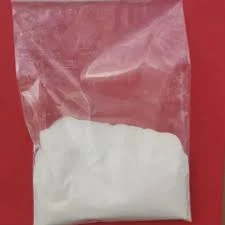

3. UV Stabilizers for Longevity Exposure to ultraviolet (UV) radiation can compromise the structural integrity and appearance of plastic products. Cutting-edge UV stabilizers enhance the lifespan of plastics by absorbing harmful rays, thereby preventing degradation. Over the years, the development of advanced stabilizers has resulted in formulations that offer more prolonged protection, even in harsh environmental conditions. These technological advancements are supported by field trials and real-world applications, verifying their efficiency in extending the usability and aesthetic quality of plastic products. Utilizing these stabilizers allows businesses to promise durable and long-lasting products, an assurance highly valued by consumers. 4. Eco-Friendly Plasticizers In response to growing environmental concerns, the quest for sustainable additives has driven the development of eco-friendly plasticizers. These additives provide the necessary flexibility and workability to plastics without harmful phthalates, making them suitable for use in consumer goods and packaging. By participating in independent testing and certification programs, manufacturers can verify the eco-profile of these additives, thus catering to an increasingly eco-conscious market. Integrating eco-friendly plasticizers into product lines not only meets regulatory standards but also aligns brands with sustainable practices, an intangible yet vital asset in today’s marketplace. 5. Clarifying Agents for Transparency Enhancing the transparency and clarity of plastics is pivotal in applications ranging from packaging to medical devices. Modern clarifying agents have revolutionized the ability to achieve glass-like transparency while maintaining the robust characteristics inherent to plastic. Incorporating these agents involves a rigorous understanding of polymer interactions and processing conditions, ensuring optimal performance. As the plastics industry continues to innovate, transparent solutions find a stronger footing, satisfying consumer demands for both functionality and aesthetic appeal. In summary, the future of plastic additives is rooted in the symbiosis of research, innovation, and sustainability. By investing in authoritative and scientifically validated solutions, companies can not only meet the ever-evolving demands of diverse industries but can also present themselves as leaders in the commitment to product excellence and environmental stewardship. For stakeholders across the plastics supply chain, adopting these advanced additives signifies not only an elevation in product quality but also imbues trust and integrity in brand offerings. Through this meticulous approach, manufacturers can leverage the full potential of plastic additives to drive growth, ensure compliance, and resonate with progressive market values.
Next:

